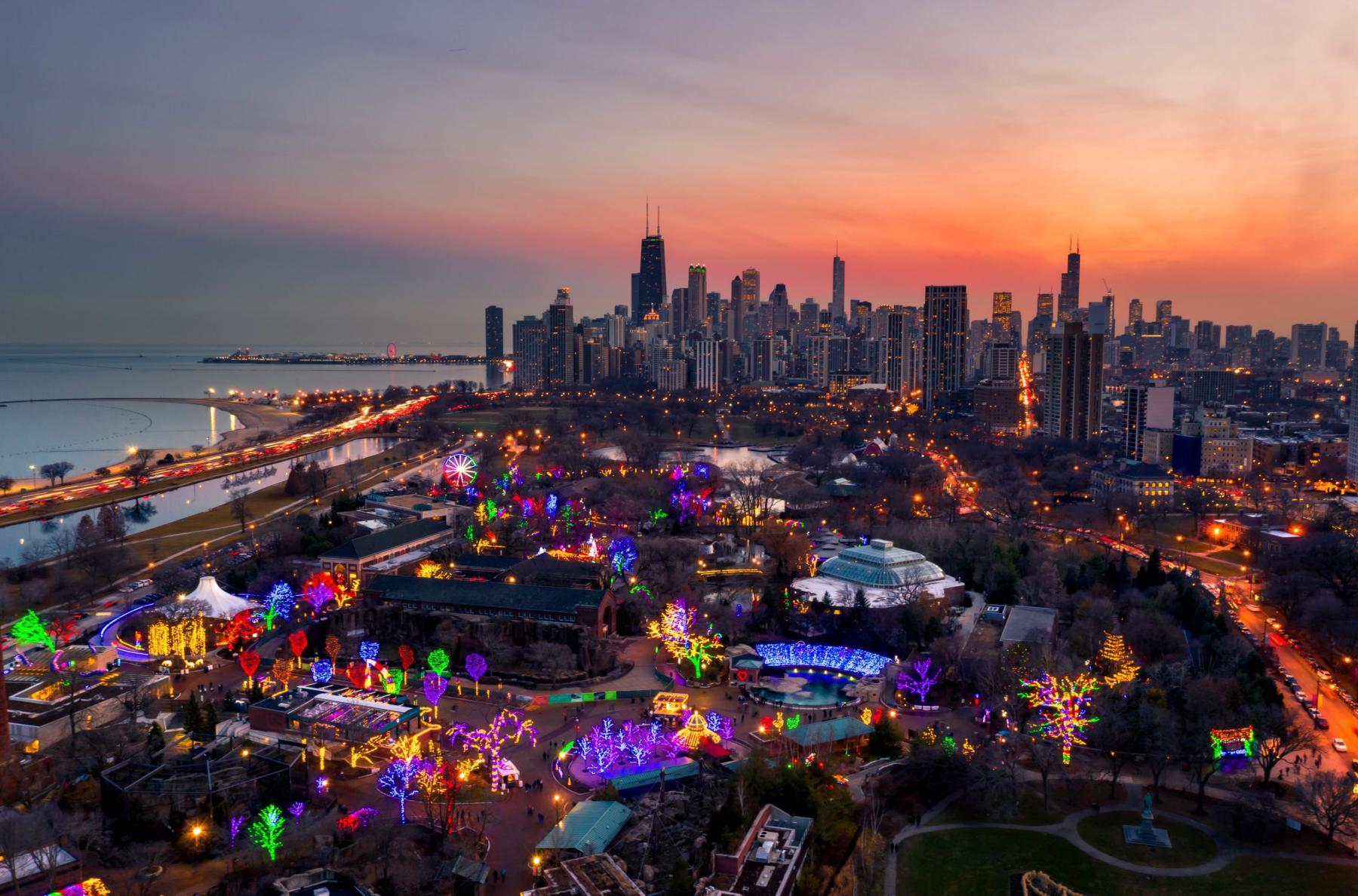
The biggest Northern Lights show of 2020: Where in the U.S. can you see it?
For most people, seeing the Northern Lights is a once-in-a-lifetime experience. Americans usually have to travel to catch a glimpse of the dazzling lights, but it seems this year scientists are expecting the Northern Lights to make a visit to the states.

Where can you see the Aurora Borealis?
According to the Space Weather Prediction Center, the Aurora Borealis (Northern Lights) might very well appear in areas like New England, the Pacific Northwest, Nebraska, Illinois, and Missouri.
The National Weather Service Office in Chicago tweeted today that “There is a chance that the Aurora Borealis (Northern Lights) might be visible here tonight and tomorrow night, although cloud cover could be a factor. Better chances to see it will come as you go farther north and away from well-lit urban areas.”

Space Weather Watch corroborated this statement, tweeting earlier that they were “Watching and waiting now for our solar storm. I think we’ll have to get real lucky to see the aurora this far south, but here is the typical Kp=7 map across the United States. Locations in green have a shot at seeing aurora to the north when the planetary K-index increases.” They attached a diagram on which green swept the upper quarter of the U.S..
The UAF Geophysical Institute also tweeted that “#Aurora forecast looks good tonight! This is one of the first CMEs (coronal mass ejections) of the newest solar cycle – the biggest so far and aimed right at Earth. This means you may not need to stay up so late to see some aurora!”

Reason behind the occurrence
A geomagnetic storm will cause the Aurora to travel further south than usual extending into tonight, December 10th.
The aurora is caused by electrons colliding with the Earth’s atmosphere and subsequently releasing energy which materializes as light. The Space Weather Prediction Center notes that “it is the only way for most people to actually experience space weather.”
“When the electrons and protons from the sun collide with oxygen and nitrogen in the Earth’s atmosphere they gain energy,” scientists from the UAF explain. “To get back to their normal state, they release that energy in the form of light. The principle is similar to what happens in a neon light. Electricity runs through the light fixture to excite the neon gas inside, and when the neon is excited, it gives off a brilliant light.”

What do scientists say about this phenomenon?
“Aurora can be observed somewhere on Earth from just after sunset or just before sunrise,” reported the Space Weather Prediction Center. “The aurora is not visible during daylight hours. The aurora does not need to be directly overhead but can be observed from as much as a 1,000 km (620 miles) away when the aurora is bright and if conditions are right.”
It is most common for the aurora to appear in a shade of green, but it could very well show up with pinks or blues or purple if we’re lucky.

The clearer the skies where you are, the better view you’ll get of the Northern Lights. Space Weather Watch cited meteorologist Sara Housseal in a recent tweet, stating that “you’ll want to get away from city lights, be able to see low down on the horizon towards the north, and of course, good weather. Clear skies everyone!”
But if you miss the aurora where you live – not to worry! The Northern Lights won’t be the last celestial event of 2020. On December 21st, Jupiter & Saturn are scheduled for an epic crossover that will create a “midnight sun” – the first since the Middle Ages. The next one won’t appear until 2080, so you’re really gonna want to clear your calendar for this one!
—
Wherever you are tonight, see if you can get to a clear area where you can look at the sky. And, if nothing else, you can say you saw the Northern Lights during the hellish year that is 2020!







